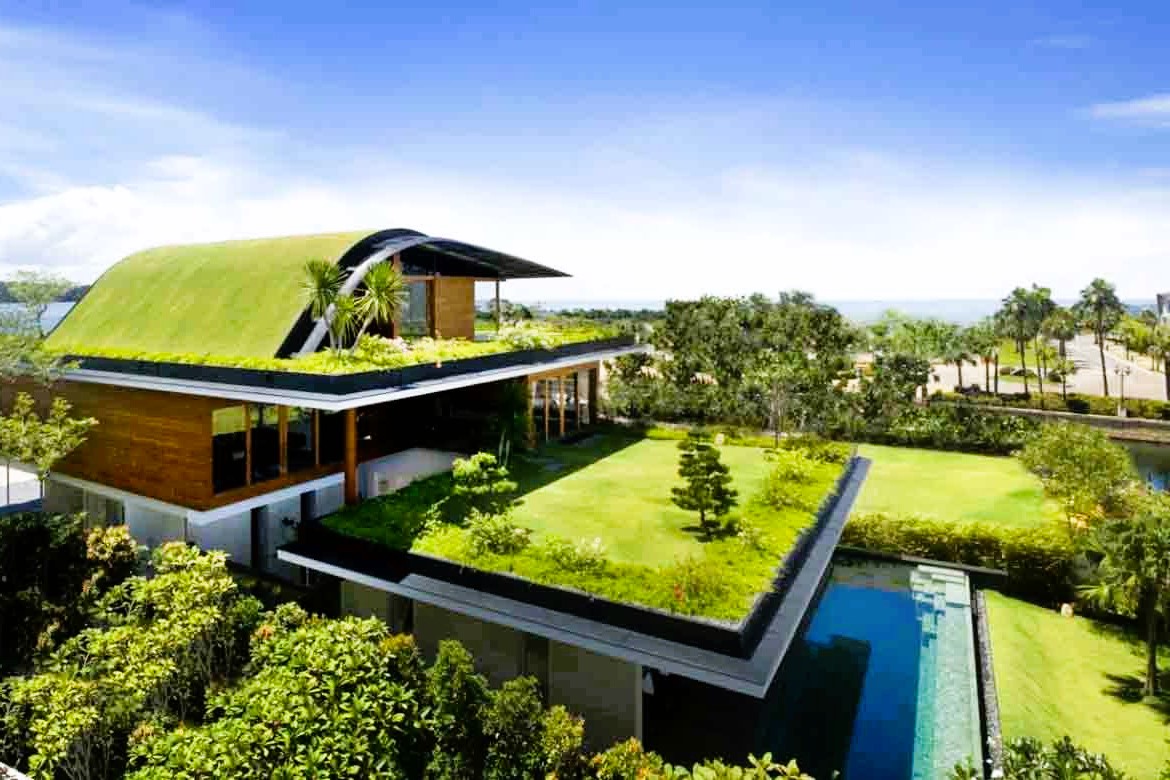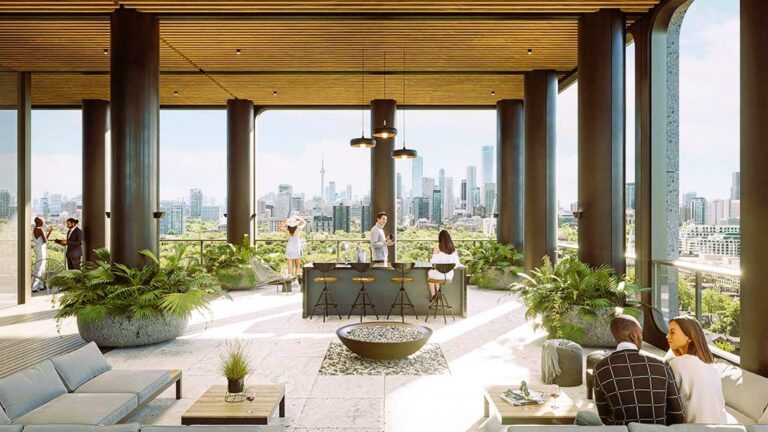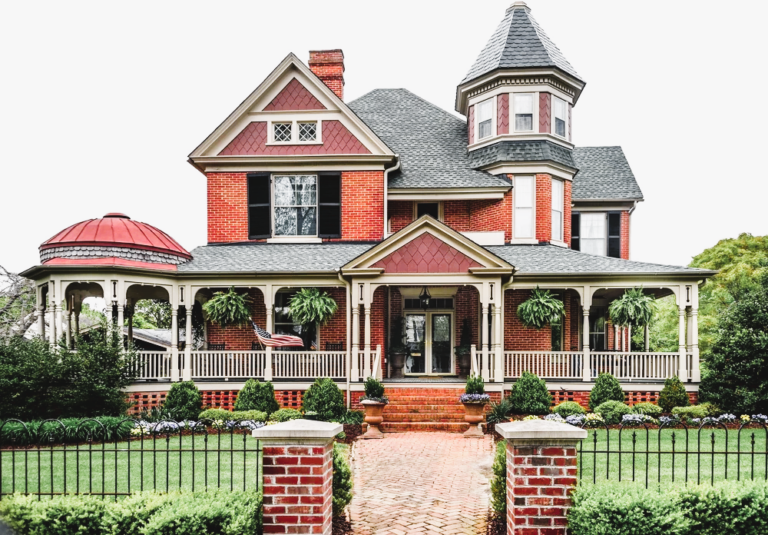In recent years, the concept of sustainability has gained significant attention in various industries, including interior design. As environmental concerns continue to grow, designers and homeowners alike are recognizing the importance of incorporating eco-friendly practices and materials into their interior spaces. This article explores the sustainable side of interior design, highlighting the benefits of adopting eco-friendly practices and using environmentally conscious materials to create beautiful, functional, and environmentally responsible spaces.
- Understanding Sustainable Interior Design
Sustainable interior design focuses on creating spaces that minimize negative environmental impacts while promoting health and well-being. It involves considering the entire life cycle of materials, reducing waste, conserving resources, and improving indoor air quality. By embracing sustainable design principles, professionals and homeowners can contribute to a more environmentally responsible and socially conscious approach to interior design.
- Energy Efficiency and Lighting
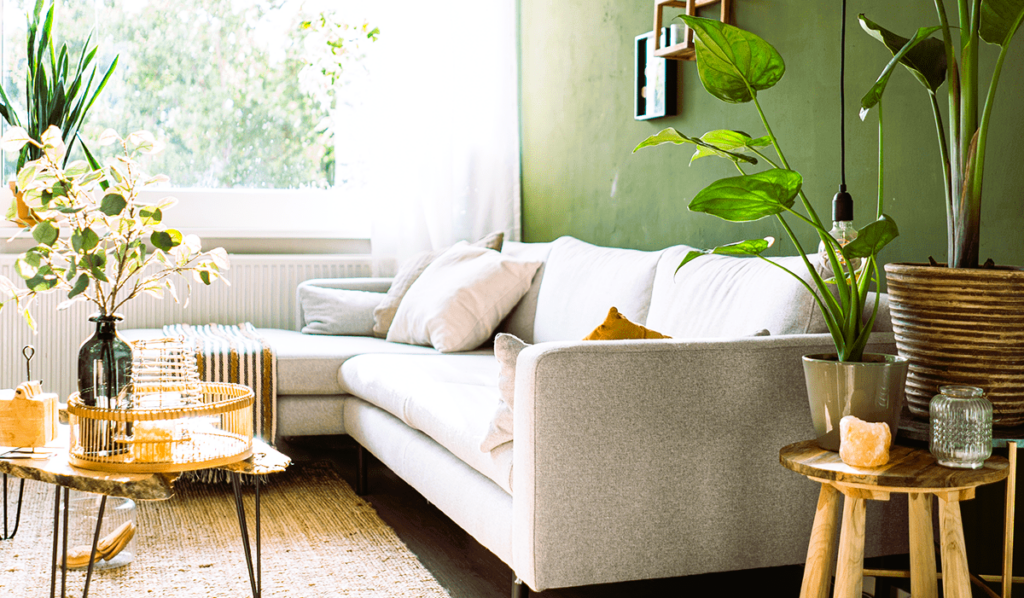
One key aspect of sustainable interior design is optimizing energy efficiency. Lighting plays a crucial role in both functionality and ambiance. By utilizing energy-efficient lighting solutions such as LED bulbs and incorporating natural lighting through well-placed windows and skylights, designers can reduce energy consumption and create a healthier indoor environment. Additionally, installing lighting controls, such as dimmers and motion sensors, further enhances energy efficiency.
- Eco-Friendly Materials
Choosing eco-friendly materials is a cornerstone of sustainable interior design. There is a wide range of environmentally conscious materials available today, including recycled, reclaimed, and rapidly renewable resources. Examples include reclaimed wood, recycled metal, bamboo, cork, and natural fibers like organic cotton and hemp. These materials not only reduce the demand for virgin resources but also often have lower environmental footprints and contribute to healthier indoor air quality.
- Indoor Air Quality
Indoor air quality significantly impacts the health and well-being of occupants. Sustainable interior design focuses on minimizing indoor air pollution by using low-emitting materials and finishes. Look for products with low VOC (volatile organic compound) emissions, such as paints, adhesives, and sealants. This promotes better indoor air quality and reduces the risk of respiratory issues and allergic reactions. Innovative Storage Solutions for Apartments: Maximizing Space in Style.
- Water Conservation
Water conservation is another vital aspect of sustainable interior design. Incorporating water-saving fixtures, such as low-flow faucets and toilets, helps reduce water consumption without sacrificing functionality. Additionally, designers can integrate water-efficient appliances, like dishwashers and washing machines, into their plans to further promote water conservation.
- Recycling and Waste Reduction
In sustainable interior design, waste reduction and recycling are key considerations. Designers can incorporate recycling stations into the layout, encouraging proper waste segregation and recycling practices. Furthermore, specifying products made from recycled materials or those that can be easily recycled at the end of their life cycle promotes a circular economy and reduces landfill waste.
- Certifications and Standards
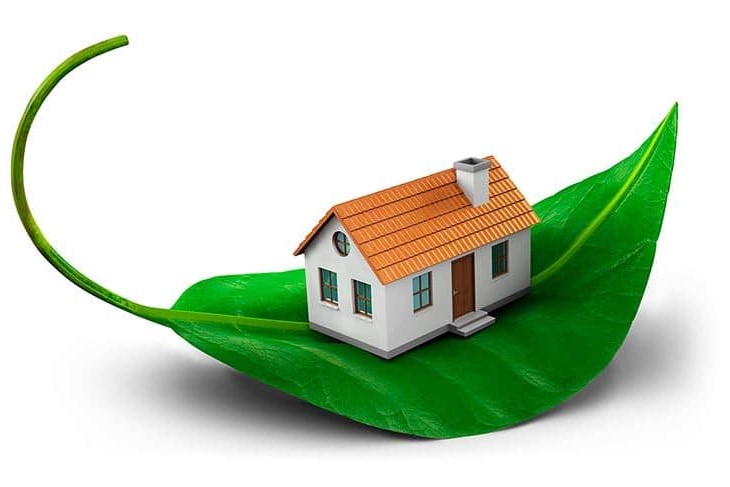
To ensure adherence to sustainable practices, various certifications and standards exist that guide interior designers and homeowners in making environmentally conscious choices. Examples include LEED (Leadership in Energy and Environmental Design), which provides a framework for sustainable building design and operation, and GREENGUARD certification, which focuses on ensuring low chemical emissions from building materials and products.
For more information on sustainable interior design practices and materials, you can visit the following sources:
- Sustainable Interior Design: link to Wikipedia
These sources offer valuable insights into sustainable interior design, providing guidance, best practices, and information on certifications and standards related to eco-friendly interior design practices and materials.
In conclusion, embracing sustainable interior design practices and using eco-friendly materials not only contributes to a healthier planet but also enhances the overall quality of interior spaces. By focusing on energy efficiency, utilizing eco-friendly materials, promoting indoor air quality, conserving water, reducing waste, and following established certifications and standards, designers and homeowners can create spaces that are aesthetically pleasing, functional, and environmentally responsible.

